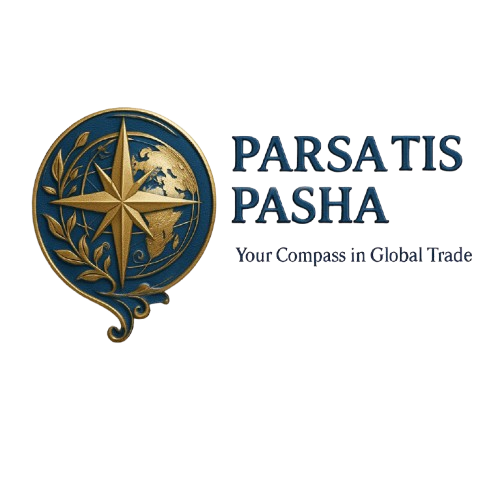Introduction
Choosing the right export market is one of the most critical decisions in any international trade strategy. A well-researched target market can open doors to steady demand, competitive pricing, and long-term business partnerships. On the other hand, entering the wrong market can lead to costly delays, unsold inventory, or regulatory headaches.
In this guide, we’ll walk through key methods and considerations to help exporters identify the best international markets for their products.
1. Understand What Makes a Market Attractive
Before selecting a destination, you should define what makes a market “attractive” for your business. Key factors include:
- High demand for your type of product
- Low entry barriers (tariffs, documentation, registration)
- Stable economic and political conditions
- Cultural compatibility
- Affordable logistics & shipping routes
- Strong buyer or distributor presence
2. Use Trade Data and Research Tools
Reliable data is the foundation of smart market selection. Consider using the following tools:
- ITC Trade Map (trademap.org) – for analyzing import/export volumes
- World Bank Open Data – for macroeconomic indicators
- Market Access Map – to check tariffs and trade agreements
- Google Trends – to assess product interest by region
- Customs and trade ministry reports in your country
Tip: Start with 3–5 countries that seem promising, then narrow down through detailed comparison.
3. Evaluate Market Demand and Trends
A target market must show sustained or growing demand for your product.
Check:
- Import statistics over the last 3–5 years
- Seasonality or trend patterns
- Whether demand is based on consumer need, luxury interest, or fashion
- Upcoming trade fairs or expos related to your product
Example: If you export handmade candles, check seasonal demand peaks (e.g., winter holidays in North America or Europe).
4. Consider Local Regulations and Import Requirements
Even if there’s demand, strict regulations can delay or prevent market entry.
Review:
- Labeling, packaging, and language requirements
- Product safety and health certifications
- Environmental or sustainability rules
- Customs clearance documentation
- Banned or restricted product categories
Some countries also require product registration or local representation.
5. Analyze the Competition
You don’t want to enter a saturated market where local or global competitors dominate.
Ask:
- Who are the top players in this market?
- Are your products differentiated enough?
- Can you compete on quality, price, or storytelling?
- What is your unique selling proposition (USP) for this region?
Use online platforms (like Amazon, Etsy, Alibaba) to check local sellers and price ranges.
6. Calculate the Total Cost of Entry
Don’t look only at customs duties — calculate the real cost of exporting to each potential market.
Include:
- Freight & logistics (air, sea, land)
- Insurance
- Taxes and tariffs
- Warehousing, if applicable
- Translation, labeling, or adaptation costs
- Local marketing & promotion
Tip: Markets with free trade agreements often reduce many of these costs.
7. Consider Cultural Fit and Brand Adaptation
What works in one country might not work in another. Cultural fit can affect:
- Color, imagery, or naming used on packaging
- Product usage preferences
- Storytelling and branding
- Perceived product value
Choose markets where your product resonates with buyers emotionally or culturally.
8. Test Before Full Entry
Before launching in full scale, test your product in a target market via:
- Small-scale pilot shipments
- Online sales or marketplaces
- Partnerships with local agents or distributors
- Trade fairs and exhibitions
This helps minimize risk while collecting real-time feedback.
Conclusion
Finding the right export market requires both analytical thinking and strategic vision. With the right research, tools, and planning, you can identify markets that offer the best return on investment, long-term growth potential, and ideal fit for your product.
📩 Need help identifying your best export markets?
Let Parsatis Pasha assist you with in-depth market research and expert strategy.
👉 [Request a Free Market Research Session]




No comment